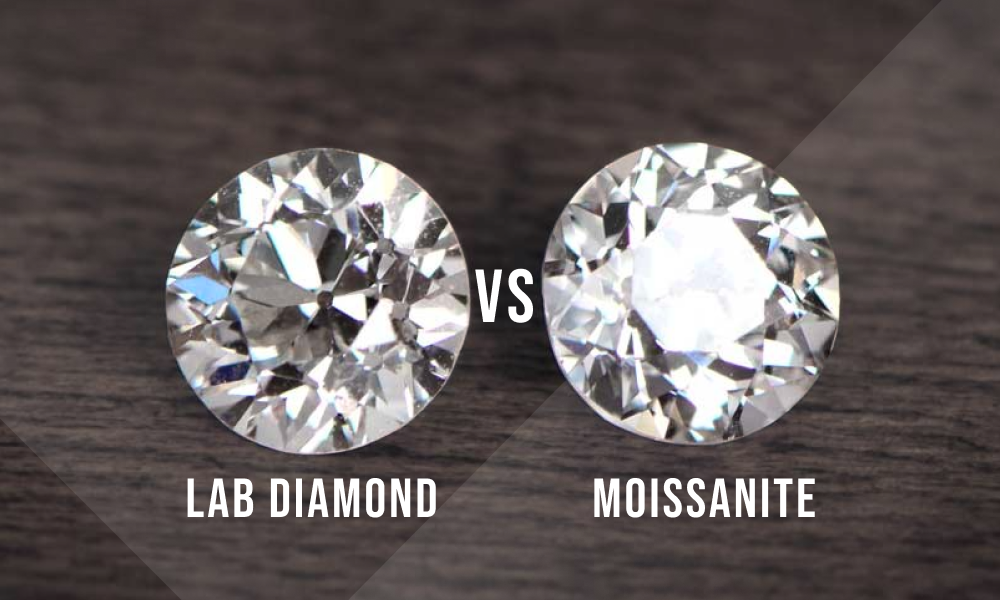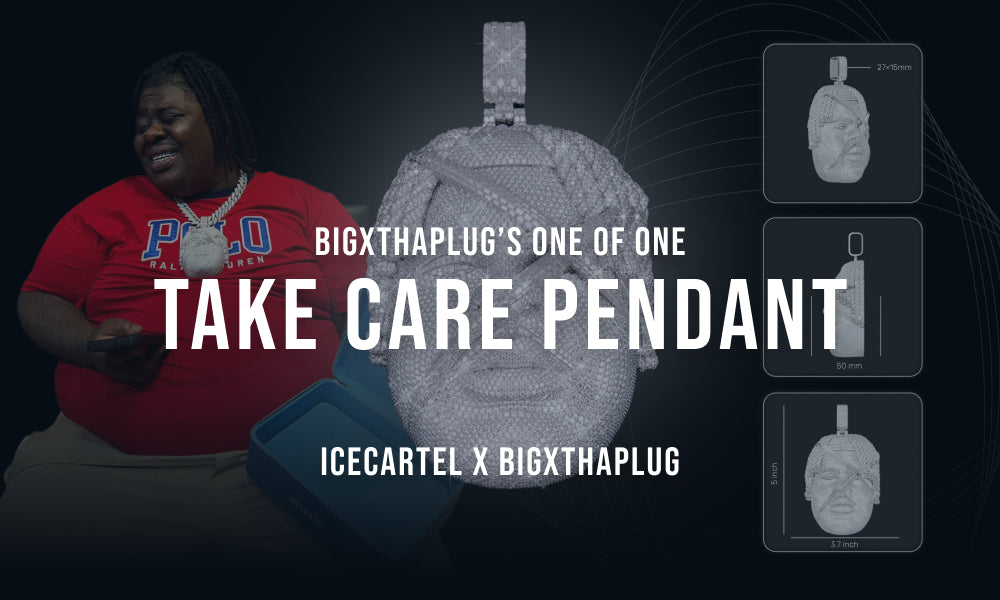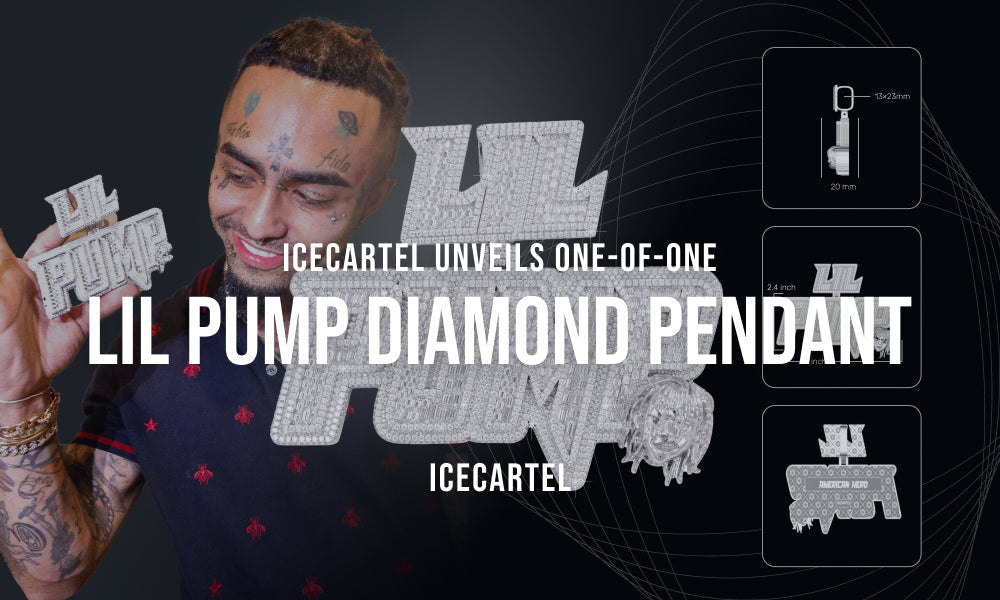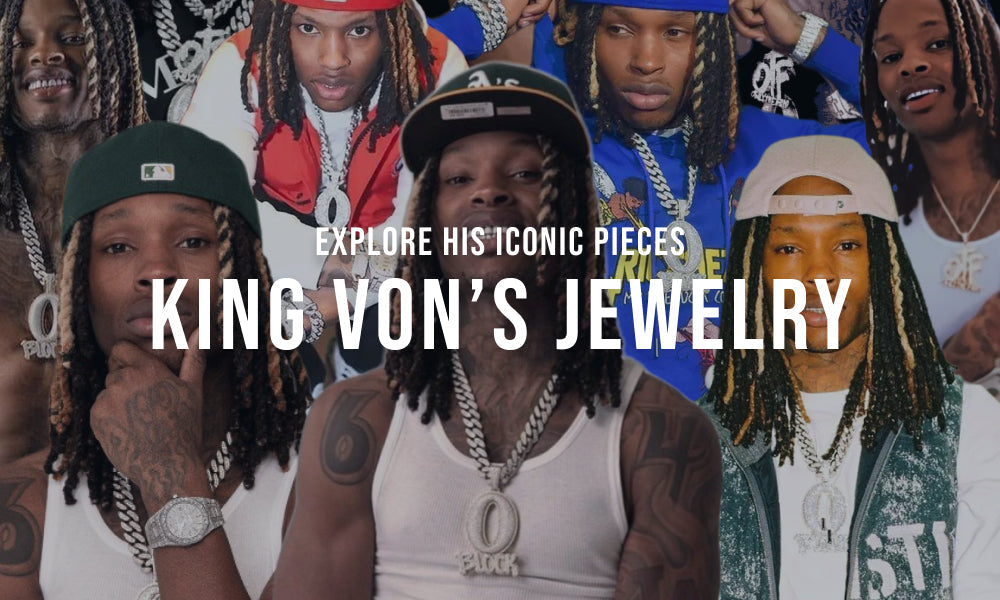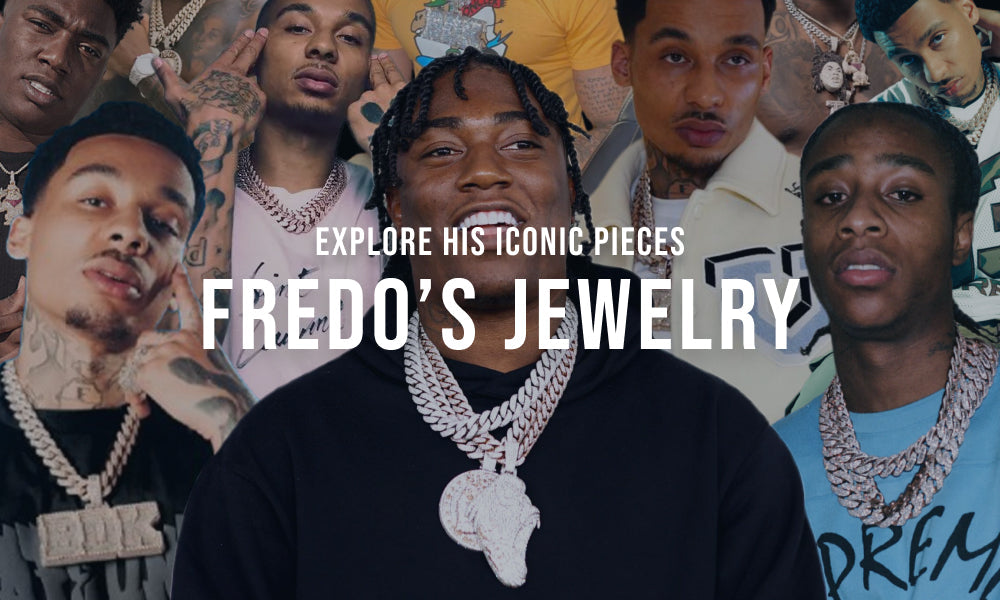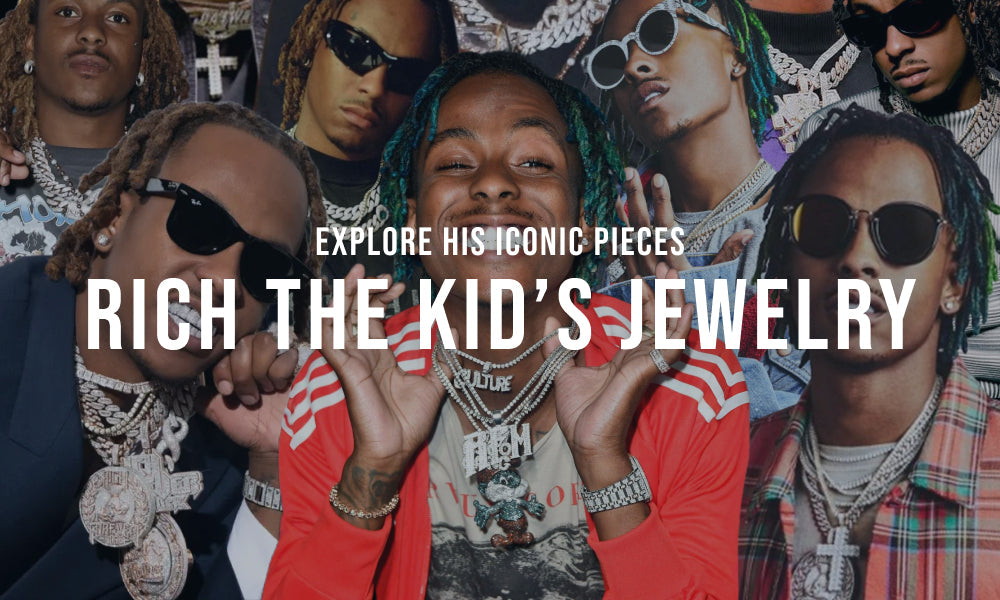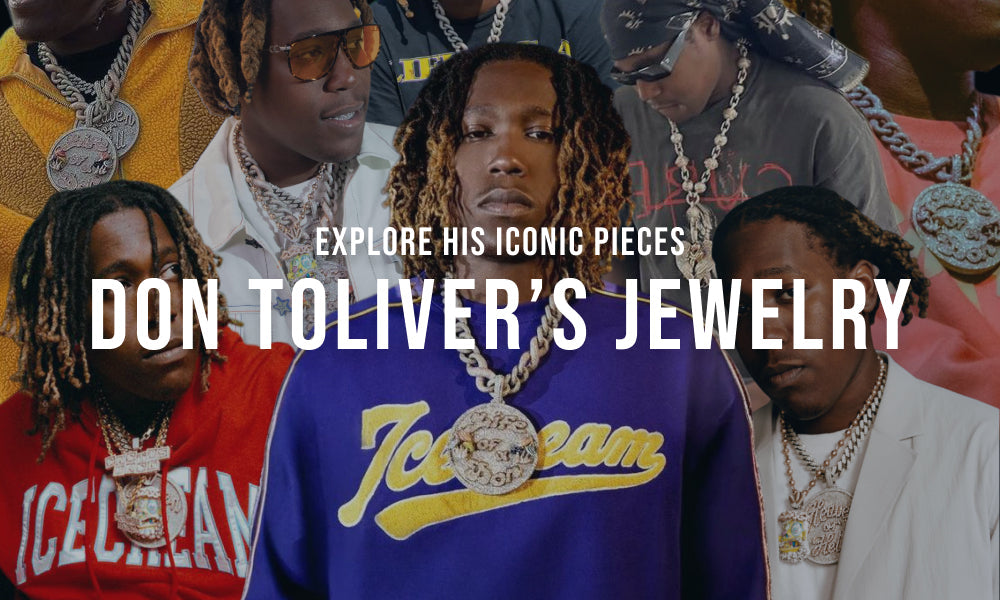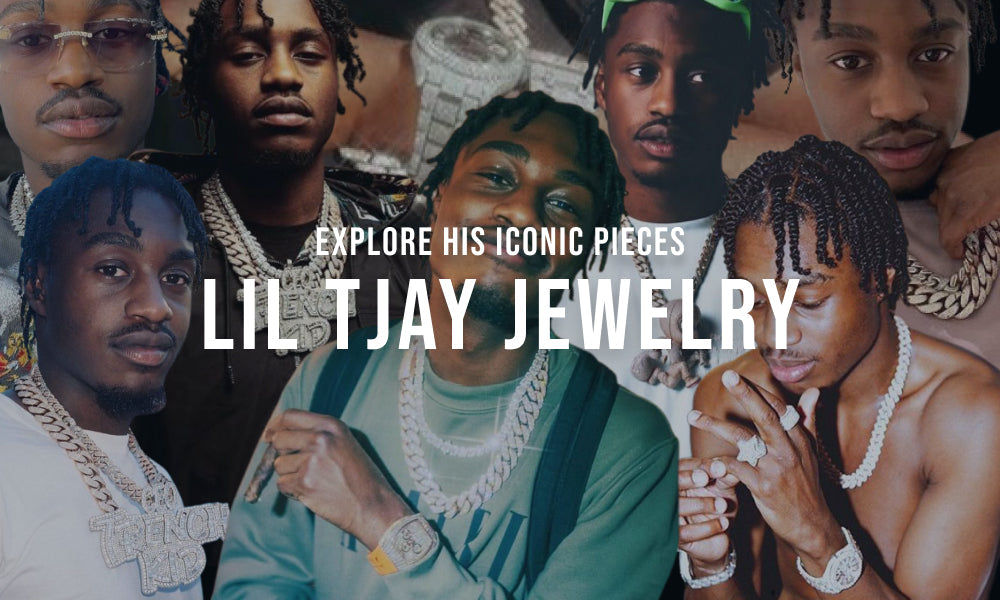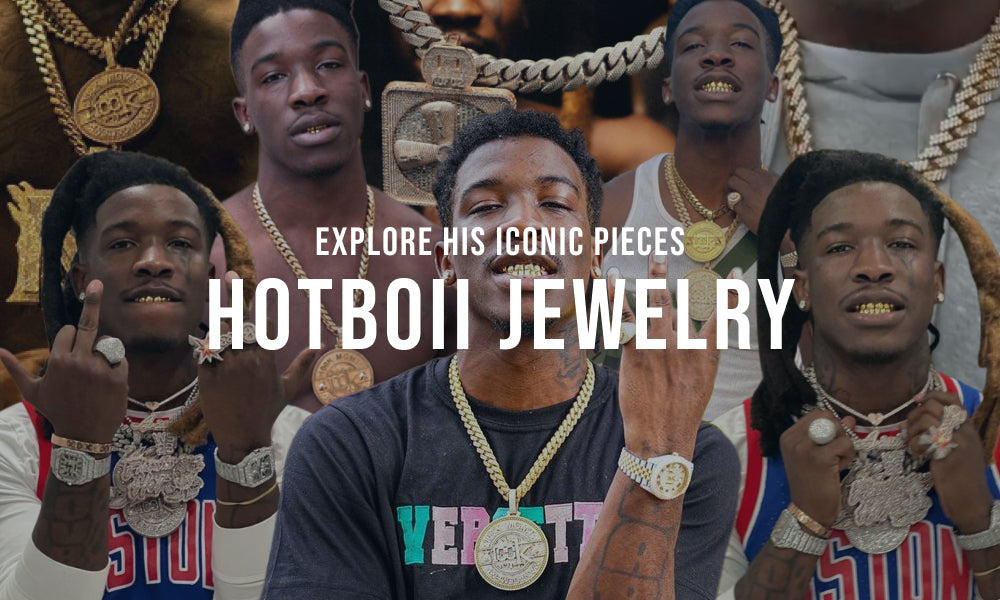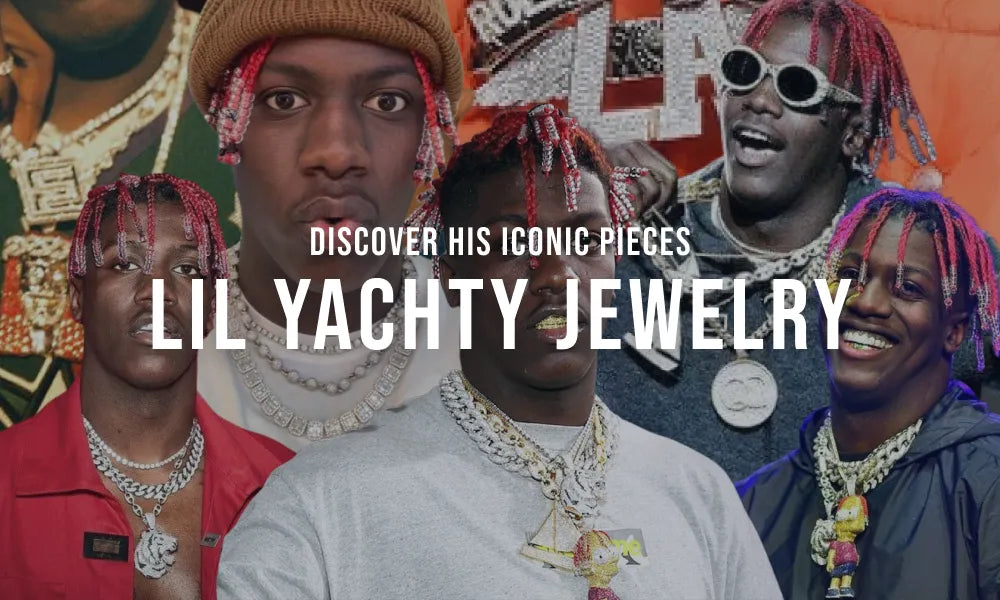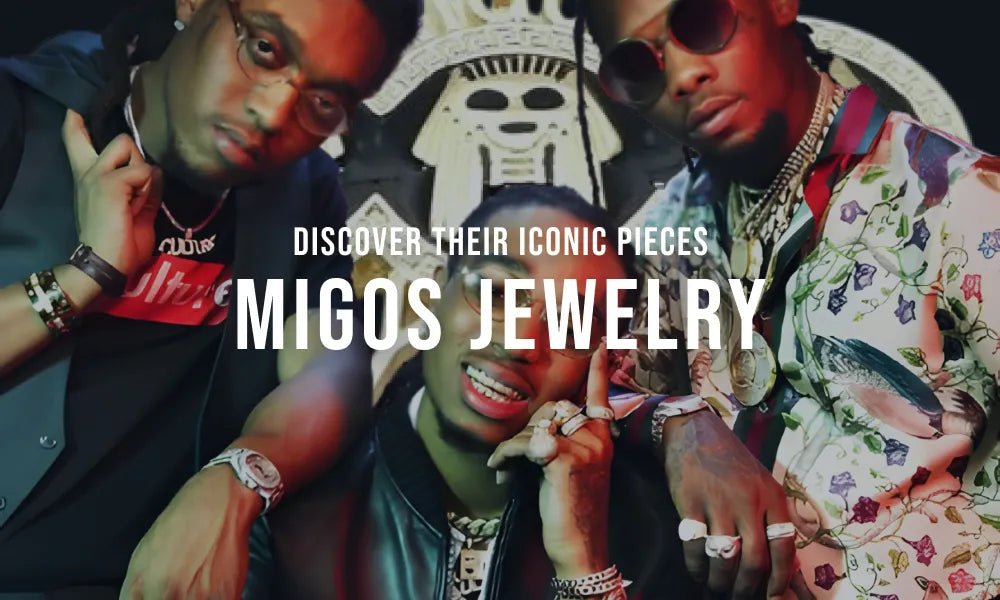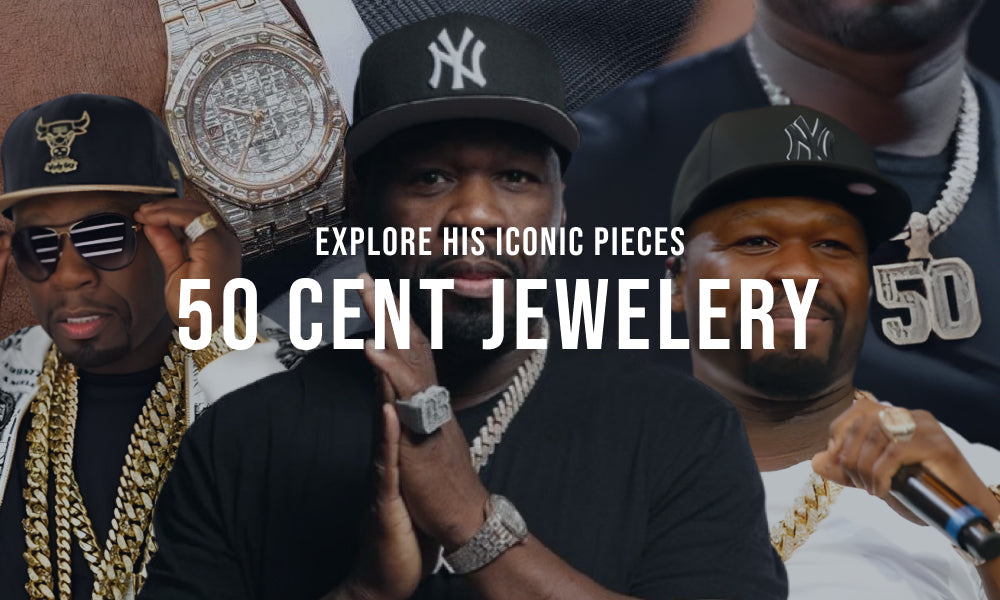While all diamonds are made up of elemental carbon, they have contrasting characteristics, with color being one of them. Whether natural or lab-grown, diamonds are available in various colors, ranging from colorless to light-colored.
Colorless diamonds are truly fascinating, but they can be quite expensive. And this is when diamonds with minor tints of warmth, yellow, or brown come into play.
An H color diamond is a popular option as it faces up white while being much cheaper. But what exactly is an H diamond, and how does it differ from other color grades?
In this article, we delve into the intricacies of diamond colors, explaining how the GIA color grading scale works. We also discuss the definition, characteristics, and benefits of H color diamonds while sharing some buying tips for those seeking high-quality diamonds at an affordable price.
Understanding Diamond Colors
Before we explain what H color diamonds are, it’s important to introduce the diamond grading system that is based on the key characteristics of these precious gemstones.
The 4Cs of Diamonds
As the chemical properties of all diamonds are identical, evaluating diamonds requires examining their physical characteristics. For jewelers to be able to describe diamond quality in a universal way, GIA developed a grading system that determines the overall quality and value of diamonds based on their color, clarity, carat weight, and cut.
Although each of these factors affects the way diamonds look, color is the most obvious characteristic. If you find yourself spotting hints of color in a diamond, you can easily tell it is not a colorless-grade gemstone.
Color Grading Scale

According to the GIA’s color grading scale , diamonds can be classified into 5 primary color categories that fall into 23 specific color grades. These include:
Colorless (D, E, and F)
Near Colorless (G, H, I, and J)
Faint (K, L, and M)
Very Light (N, O, P, Q, and R)
Light (S, T, U, V, W, X, Y, and Z)
An H color diamond fits quite high on the color scale. Its color range is described as “near colorless,” with only 4 color grades rating higher (G, F, E, and D).
Definition and Characteristics of H Color Diamonds

H color diamonds are among the most popular choices, primarily due to their near-colorless color and affordability.
But what does the H color mean, and how can it be characterized in terms of visual features? Here’s what you need to know.
What is H Color
The letter H denotes the position of diamonds on the color scale. It’s a grade on the GIA color scale, the second-highest color grade in the near-colorless category.
You'll Also Enjoy: What are VVS Simulated Diamonds?
Visual Characteristics
Considering its position on the scale, H diamonds indicate a near-colorless appearance with the slightest hints of yellow or warmth. While H diamonds are not completely colorless, their hue is visible primarily to experts or when comparing them with colorless diamonds side by side.
When describing the visual features of H color diamonds, we should mention that these gemstones may show some color variation in different settings.
In platinum or white gold settings, H color diamonds may appear more yellow due to the bright white color of these metals. Yellow gold settings, on the other hand, make H color diamonds look whiter. That being said, understanding the differences between white gold vs. yellow gold will help you make the right choice.
If compared to adjacent color grades (G and I), the differences in color are quite subtle and barely noticeable.
The presence of any color tint in H diamonds is difficult to detect with the naked eye. If a diamond seems too yellow or brownish, then it cannot be graded as an H color diamond.
Read more about how colorless vs. near-colorless moissanite gemstones differ from each other.
Importance of H Color in Diamond Selection
H color diamonds are quite popular, and there’s definitely a reason for that. The importance of H color diamonds lies in their visually appealing look, flexibility in jewelry designs, and excellent value for price.
Visual Appearance
H color diamonds are characterized by a near-colorless appearance with a subtle warmth that adds a unique charm and character to their appearance.
Although H color diamonds may exhibit a slight hint of warmth, these gemstones still look virtually colorless to most observers.
In many settings, particularly those made of 14K or 18K yellow gold , H color diamonds sparkle beautifully, offering timeless elegance and sophisticated appeal.
Flexibility of Settings
The hint of warmth in H color diamonds is pretty much negligible, meaning that these gemstones are quite versatile.
Due to their near-colorless appearance, H color diamonds can complement a variety of settings while maintaining a classic and elegant look.
In addition, H color diamonds blend seamlessly with various metals, including platinum, white gold, and yellow gold.
Value
H color diamonds offer a perfect balance between visual features and price.
For buyers seeking a diamond that appears white and costs less compared to higher color grades, H color diamonds might be the right choice.
Besides, H color diamonds have a reasonable investment value, while being more cost-effective than diamonds in the colorless grade category.
Price Considerations
The price of an H color diamond depends on a couple of factors, including the characteristics of a given diamond and current market conditions.
Pricing Factors
The color of H-grade diamonds has a significant impact on the price. When compared to higher color grades like D, E, F, and G, H color diamonds are more affordable.
To accurately estimate the price of an H color diamond, we should also consider other characteristics, including the carat weight, clarity, and cut.
Diamonds with a higher carat weight tend to cost more than lower-carat options.
Similarly, H color diamonds with high clarity grades (FL, IF, and VVS) command a higher price than those with visible imperfections (VS, SI, and I). While the price differences between VVS and VS diamonds are minor, there’s a significant price gap between VVS vs. SI diamonds .
In terms of cut quality, H color diamonds with an excellent or very good cut are more expensive, whereas those with a fair or poor cut are quite affordable.
Market Trends
Diamond prices fluctuate due to global economic factors, supply and demand dynamics, and market trends.
Increased consumer demand or new jewelry trends can drive the prices up for H color diamonds.
Similarly, economic downturns or major shifts in consumer preferences will lower demand and, therefore, decrease the price of H color diamonds.
Buying Tips

If this is your first time buying a loose diamond or diamond jewelry, here are some helpful tips to keep in mind.
Certification and Authenticity
H color diamonds are considered high-grade gemstones that tend to be quite expensive, especially when combined with high carat weight, excellent clarity, and a high-quality cut.
Therefore, purchasing a certified diamond from a reputable online retailer or local jewelry store is essential.
While some retailers offer reliable certifications for their diamond jewelry, others don’t.
For example, Icecartel features an exclusive diamond chain collection , with every purchase coming with a GIA certificate.
Certifications from well-established gemological labs, such as GIA or AGS, help you authenticate the quality and value of diamonds.
To interpret the color section of the diamond grading report by GIA, you should find the letter corresponding to the color grade. For AGS grading reports, H color corresponds to a number 2 on the color scale from 0 to 10.
Personal Preferences, Budget, and Use
While some prefer paying more for high-grade colorless diamonds, others may opt for lower-grade diamonds with a hint of warmth or color.
When choosing between different color grades, you should always consider your personal preferences, budget, and the intended use of the gemstone.
If you’re on a budget but want your diamond to appear white, an H color diamond might be the perfect option. It barely has any color and costs much less than diamonds that rate higher on the color scale.
If you’re looking for something even more affordable, you can opt for other color grades within the near-colorless category. I and J color diamonds look similar to H diamonds but are more on the affordable side.
Tricks for H Color Diamond Jewelry
While you can’t alter the characteristics of diamonds, you can make H color diamonds appear whiter by selecting the right metal, setting, and adjacent diamonds.
For engagement rings, you can use an H color diamond in the center while incorporating lower color grade diamonds on the sides. This way, the center stone will appear whiter compared to the adjacent diamonds.
Another way to enhance the color of H diamonds is by going for a yellow gold setting. This will create the contrast between the warm tones of yellow gold and the slight yellow tint of the H color diamond, making its color less noticeable.
Real World Examples
Let’s take a closer look at some real-world examples to highlight the characteristics of H color diamonds and visualize the differences between other color grades.
Example Comparisons
If we take 3 diamonds with identical characteristics but different color grades, the differences are quite noticeable.
For example, this 1-carat round diamond with a VVS1 clarity and H color has a near-colorless appearance with the slightest hint of warmth.
In contrast, this J color diamond with the same characteristics appears more yellow.
And if we compare the above-mentioned diamonds from the near-colorless category to this D color (colorless) diamond , the differences in color become even more perceptible.
Customer Reviews
Customer reviews often highlight the excellent value and near-colorless appearance of H color diamonds. The majority of testimonials note that H diamonds appear white and complement all types of jewelry, including engagement rings, earrings, bracelets, and chains.
Some customers have mentioned that the subtle hint of warmth adds character to H color diamonds without affecting the overall brilliance and visual appeal.
Benefits of H Color Diamonds

Understanding the benefits of H color diamonds will help you decide whether it’s the right option for you.
Aesthetics and Practical Benefits
Aesthetically, H color diamonds appear near-colorless to the naked eye, contributing to the versatility of these gemstones.
With the slight warmth that doesn’t compromise the overall brilliance, H color diamonds are pretty versatile, complementing various settings and metal options.
All things considered, an H color diamond offers an excellent balance between quality and visual features, making it a popular choice among jewelry enthusiasts.
Financial Benefits
Buying an H diamond is a cost-effective option as you get a high-quality gemstone that costs less than its higher-grade alternatives.
As the differences between colorless and near-colorless diamonds are typically invisible to the unaided eye, H color diamonds appear just as luxurious at a fraction of the price.
By balancing the overall appearance and price, H color diamonds offer a great value for money.
Conclusion
Some diamonds look more luxurious than others, all thanks to their physical properties. While clarity, carat weight, and cut quality affect the way diamonds look, the color of a diamond has a significant impact on the visual features of a gemstone.
Colorless diamonds (D, E, and F) generally have a higher aesthetic value, while those with a light color (from S through Z) are less valuable. On the color scale, H color diamonds are in the near-colorless category, being only one grade apart from F color diamonds.
But what is an H color diamond, and why is it so popular?
Well, H color diamonds are nearly colorless, with just the slightest hint of warmth. They achieve a harmonious combination of color and value, making them look very similar to colorless diamonds at a much lower price.
When buying an H color diamond, it’s important to consider your personal preferences, budget, and the intended use of the gemstone. H color diamonds are quite affordable and flexible, meaning that they suit various jewelry styles and metal choices.
Don’t forget to check the certification and grading report before buying an H diamond. Authenticity reports from reputable laboratories like GIA and AGS will enable you to verify the value and properties of your diamond.























